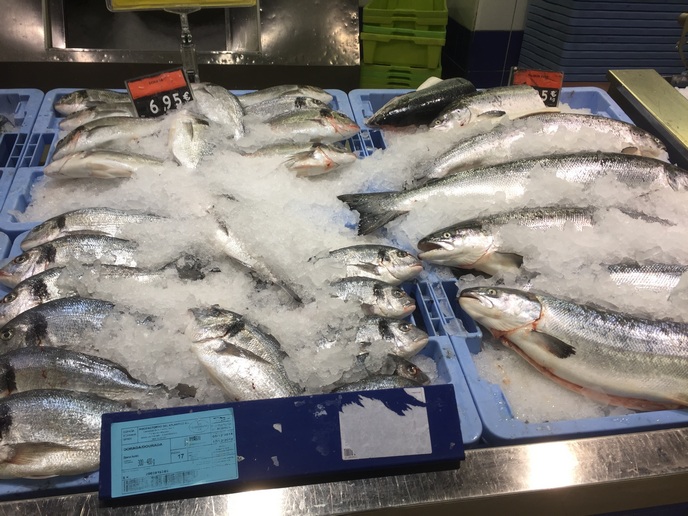Better quality fish, longer shelf life thanks to low-cost, animal-friendly ice technology
The main method for preserving fresh fish uses crushed ice, applied to the fish using the top icing technique along with cold storage at 2 °C. However, fish have a very limited shelf life with this procedure. Ice is an essential commodity in the fish industry because it reduces the growth of spoilage microorganisms and prevents fish surface dehydration. It is also used during fish slaughter and throughout the marketing chain, from storage and transport to shop counters. Every tonne of farmed fish needs 800 kg of ice for slaughter and preservation alone. During fish slaughter, stress-related substances are released and severely affect flesh quality. With meat, a stunning process is mandatory before slaughter. “However, fish are very rarely subject to any stunning procedure due mainly to difficulties in management or the associated costs of available stunning systems,” explains Nicolás López, coordinator of the EU-funded ICE2LAST project. As a result, fish produced by aquaculture are subjected to long stress periods – up to 50 minutes – prior to death. “The aquaculture sector must improve slaughter methods to reduce animal suffering and needs new conservation methods to increase shelf life,” he adds.
Integrating natural substances into ice
Project partners introduced ice technologies that integrate natural essential oils into crushed ice used for fish stunning, slaughter and preservation. Specifically, they developed two different yet fully complementary types of ice solutions: stunning ice and preserving ice for sea bream, sea bass, trout and salmon. Thanks to the proven sedative and antimicrobial activity of these essential oils, stunning ice completely stuns fish in under 50 seconds at slaughter, while preserving ice extends shelf life by 50 %. Ultimately, less fish will be thrown away by retailers and consumers. The ICE2LAST team found that when the two innovative ice types are used together, shelf life is longer and the quality is better.
Business opportunities await
Studies conducted by the partners show that market prospects for the aquaculture and retail sectors are great. There are ongoing discussions with Spain’s largest food retailer, with more than 1 600 shops and over 25 % of the market share. The preserving ice will lead to a minimal increase in retail cost of 1-2 cents per kilogram of fish, making it an attractive choice for consumers. Following patent approval, commercialisation will focus on Spain, then other EU countries before branching out to Egypt, Tunisia and Turkey. New market segments have also been identified, such as the potential of preserving ice as a solution to increase the shelf life of fresh vegetables such as broccoli. Europe accounts for as much as 25 % of the global fish market. The EU produces 6 million tonnes of fish food, about 20 % originating from aquaculture. To satisfy consumption, the EU imported 8.5 million tonnes of seafood products in 2014. It is expected to increase its domestic production to address the low rate of self-sufficiency in fish consumption, particularly through aquaculture promotion since catches will stagnate to address stock depletion. “Cost-effective solutions such as ours have the potential to contribute to aquaculture competitiveness and sustainability by improving the quality of European fish while promoting animal welfare,” concludes López.
Keywords
ICE2LAST, fish, ice, shelf life, aquaculture, preserving ice, fresh fish, stunning ice



